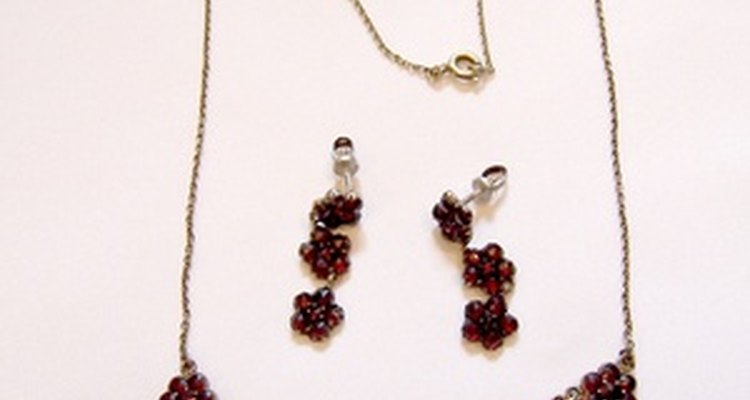
Natural garnets are common in nature and are available worldwide in the gem market. However, certain classifications of garnets such as Uvarovite, Tsavorite, Demantoid and color-changing garnets are considered rare finds by collectors. Natural garnets come in every color except the color of blue. Man-made garnets, due to their durability and ability to be recycled, are often used in technological and industrial applications. Man-made garnets are artificial gems created in labs. They are used as diamond simulants because natural diamonds are very expensive. Diamond simulants are not real diamonds, but they contain similar gemological characteristics as diamonds.
Manmade Garnet
Two of the most popular man-made garnets used as diamond stimulants are Yttrium Aluminum Garnet and Gadolinium Gallium Garnet. Man-made garnets are cut similarly to natural garnet.There are a variety of color variation among gemstone stimulants. When impurities are incorporated into the garnet lattice, different color variations are produced.
Color of the garnet becomes predominately red when combined with magnesium. The stone turns green with chromium, yellow with titanium and purplish with vanadium. Blue garnet is available in man-made form with cobalt in its lattice. Other more rare combination produce pink and orange color stones. Due to man-made garnet's magnetic or structural properties, they are used in industrial setting and is treated as a commodity. Industrial grade man made garnets are priced cheaper than jewelry grade garnet and are about $53 to $220 per metric ton.
Natural Garnet
Natural garnet (A3B2(SiO4)3) contains aluminum, calcium, iron, manganese or magnesium. Due to the abundance of garnets in nature, they are used frequently as decorative stones in jewelry. The rare specie of garnets, Tsavorite, in a setting is priced anywhere from a $2000 to close to $15,000 US dollars. Depending on the specific color of garnet, the stone's composition may include other binary and tertiary combinations that produce other vibrant colors besides its trademark color, dark red.
Natural garnets, Rhodolite (type I), Pyrope (type II) and Cr-rich Pyrope (type III) have a history tracing back to the early middle ages. Garnet gemstones are imported from countries such as India, Ukraine, Thailand and Russian. Some are found in the US in Arizona, Idaho, California and Virginia. Natural garnet has a hardness level of 6.5-7.5 Mohs.
Etymologies of the Name
The Latin word garantus refers to grains of pomegranate as the fruit bears a close resemblance to the gem. Chrome pyrope (red garnet) carries a dark red pigmentation and its name, pyrope means "fire like" in greek. Rhodolite (rosy pink garnet) originates from the name rhodon which means "Rose" in Greek. Uvarovite (dark red garnet) is named after the President of the St. Petersburg Academy, Count Uvarov. Andradite is named in the memory of Portuguese mineralogist, d’Andrade. Dematoid is from the French word, “demant,” meaning diamond. Tsavorite, a highly valued green garnet, is named after its mine in Tsavo Valley, Kenya.
Symbolic and Mystical Properties
Red garnet is the birthstone for January and the stone for the second wedding anniversary. Garnet represents faith, friendship, commitment and happiness. The stone is used for protection in some cultures as it is believed to protect children against drowning and heal adults suffering from poisoning. Persians believe garnet is the stone of the royals. The Qu'ran describes garnet as the illuminating light of the fourth heaven. The stone was also referenced in the Bible. In other cultures, garnet is used to enhance power of weapons. Weapons used in China and Japan were sometimes adorned with garnet stones.
Care Instruction for Garnet
Steam cleaning harms garnets. Ultrasound cleaning, under general conditions, is acceptable except when there are other impurities inside the stone that may affect the durability of the stone. Impurities include iron, aluminum and manganese. Consider classification and composition of the stone before treating it with ultrasound cleaning. The safest method is use professional jewelry cleaning liquid to carefully brush the stone clean.
Related Articles
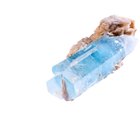
List of the Types of Semi-Precious ...
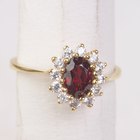
Physical Characteristics of the Ruby ...
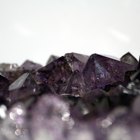
Types of Valuable Crystals

What Is Ceylon Sapphire?

What Is 916 in Jewelry?

Information on African Rubies

What Is Mercury Mist Topaz?
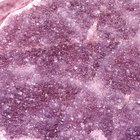
What Is a Pink Amethyst?
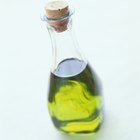
How to Polish a Dull Amber Ring

What Is Marcasite Jewelry?

How Valuable Is a Garnet in Carats?

Titanium Versus Silver Rings

What Is the Luster of a Diamond?

Cubic Zirconia Vs. White Spinel

What Is the Meaning of White China Jade ...

Types of Coral Jewelry
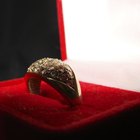
What Is 18 Carat Gold?
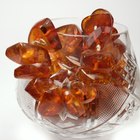
What Is Cognac Amber?
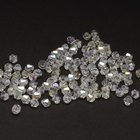
What Is Crystal AB?

How to Clean Sterling & Turquoise ...
References
Writer Bio
Connie Lai began writing professionally in 2009. Her articles now appear on eHow and Answerbag. She provided editorial review of rule 26 expert reports in her previous position. Research includes metallurgical and industrial safety standards. Lai received her Master of Business Administration from Penn State, and bachelor's degrees from University of California-Berkeley in architecture and legal studies.
Photo Credits
garnet set image by Lucy Cherniak from Fotolia.com